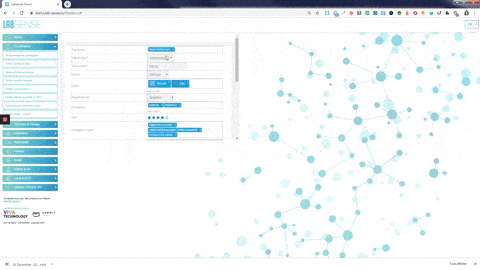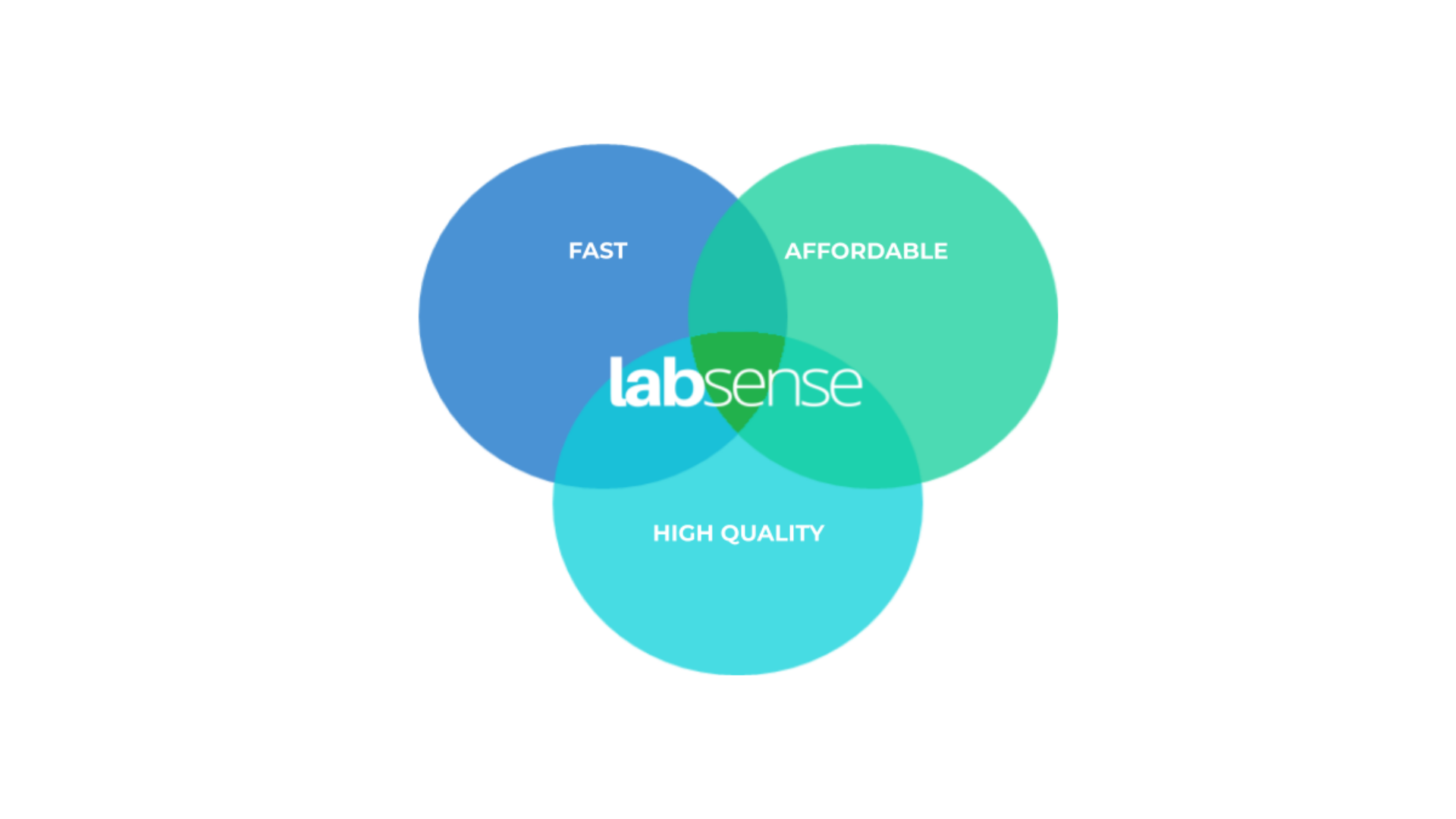What is artificial intelligence aka AI? AI has become one of the major challenges for the development of companies today, at the heart of their digital transformation. However, what can be found behind this often overused formula?
Artificial intelligence: definition
1. Robots versus automatons, what is the difference?
In the collective imagination, when we talk about AI, we think robot. However, in fact, this is not an implication. First, a robot is different from an automaton. While an automaton will produce the same gesture over and over again, the robot is capable of learning, understanding and adjusting. Artificial intelligence is close to the robot in that it enjoys a certain autonomy. Take the case of a washing machine. It is an automaton. If it were to adjust to the weight to decide the program itself, it would be a robot (if we were simplifying).
2. Robots versus AI: what sets them apart?
The term artificial intelligence refers to programs where computers can perform actions, and adopt behaviors generally associated with human intelligence. Capable of processing large amounts of information, machines equipped with artificial intelligence can analyze and understand patterns, but also learn to improve. Artificial intelligence therefore integrates a “culture of feedback”, it is designed to take a step back. If AI is a robot, the robot is not, on the other hand, synonymous with artificial intelligence.

How does AI function?
1. The combination of data at the origin
Artificial intelligence functions by combining and digesting large amounts of data. It relies on powerful operating programs. Constantly updated, they testify to a solid capacity to learn. AI is therefore determined by 3 factors: data, computing power and the ability to learn. The ability to constantly improve brings the machine closer to the human cognitive model. This is what we call “intelligence”. As it is not organic but the result of technology, it is called “artificial”.
2. Focus on 3 flagship technologies at the heart of AI
For programs to be able to learn, here are the technologies inspired by human capacities, at the origin of everything:
- SUPERVISED LEARNING. This consists of feeding the software humanly with codes and data so that it develops its capabilities.
- MACHINE LEARNING. It allows machines to learn without direct programming. They analyze data and learn independently by studying the context, corresponding scenarios etc.
- DEEP LEARNING. This “deep learning” is based on a system of artificial neurons inspired by the human brain. These “neurons” are actually many units to which a specific task is assigned. The combined effort of these units allows the machine to solve complicated problems and increase its knowledge, primarily by comparing items it finds in its database.
What are concrete uses of AI for companies?
1. AI for data management
Today, data management is a major challenge for companies. To be as relevant as possible, companies are strongly encouraged to equip themselves with data in order to maximize their strategic choices. The work of collecting and organizing data can be very long and tedious, but AI makes it possible to simplify these operations.
2. Categorize your data
In this case, LabSense has, among its complementary offers, a categorization solution. Thus, you can use text mining to extract and analyze large amounts of data. In other words, from a text, it becomes possible to have a structured Excel table with very distinct categories.
3. Practical cases of categorization in E-commerce
This solution is particularly useful for product classifications upstream of automated tagging plans. As a result, the exploitation of data is easily shared with other AI technologies. For example, the generation of content for product sheets would be a fitting option in this case.

4. Differentiate from the competition with AI
4.1 SEO sinews of war
In addition to data processing, companies are called upon to stand out even more. However, the space available on the first page of Google is limited and in high demand. On average, Internet users look at the results up to the 4th rank of the request. Visibility on the web is firmly determined by the SEO strategy and therefore the associated content strategy. What are your subjects? The texts of your products? Your speech? Their consistency? What keyword strategy? Semantic cocoons etc…
4.2 The LabSense answer
Specifically automated language processing and the automated text generation technologies make it possible to set up “SEO friendly” automated content.
Find below some examples sorted by sectors:
From product sheets, to social media posts and news briefs for the media, the texts obtained owe their relevance to a scrupulous editorialization of the data in the first place. Finally, our linguists, with a purely literary sensibility, are evidently the guarantors of such quality. Already very much in demand by many media platforms, the LabSense solution has won hearts and proven itself on diversified customer cases. Our objective: to allow users to access content in quantity, quality and above all at a lower cost!

If you want to improve the performance of your business, don’t hesitate to contact us for more information!





